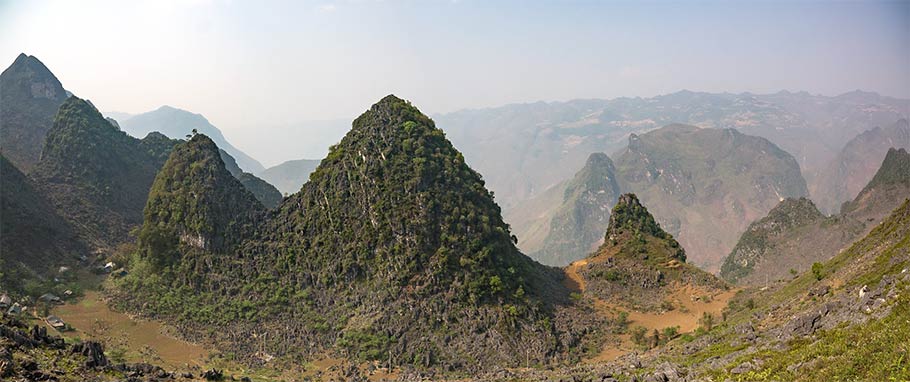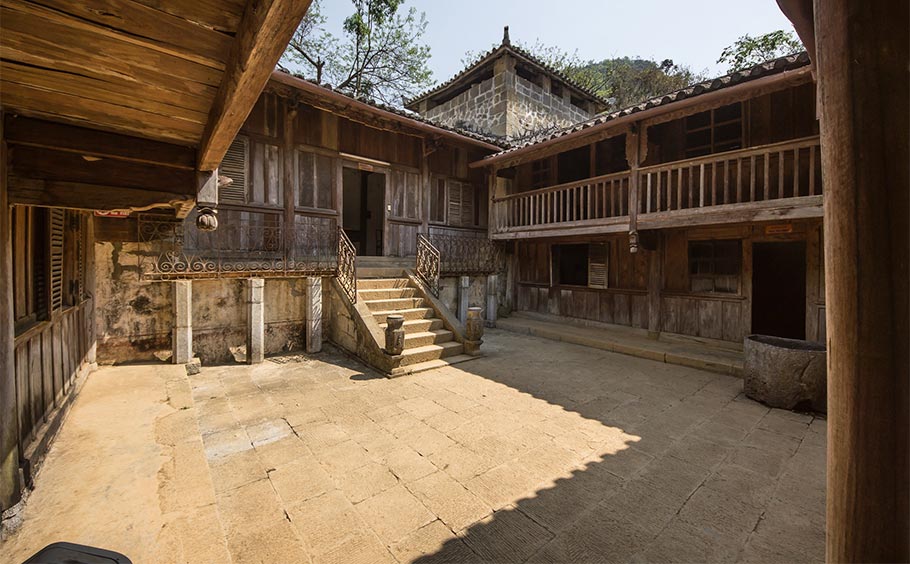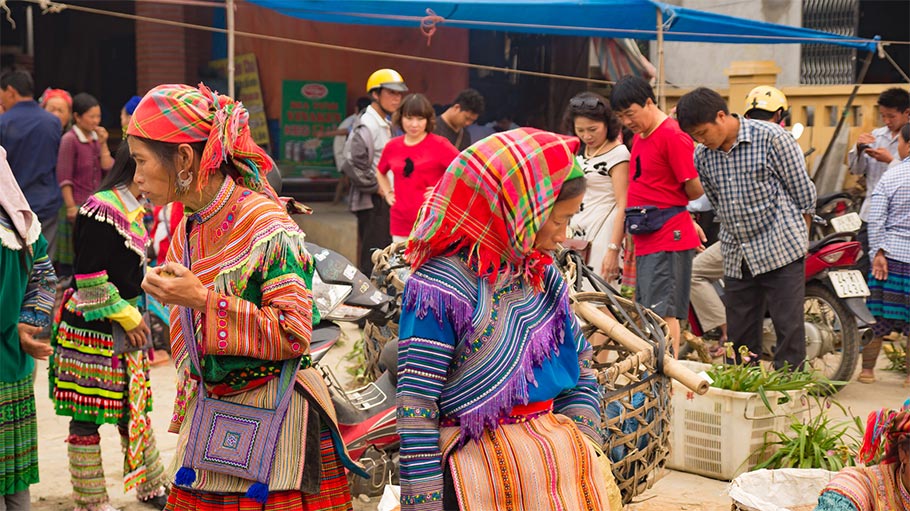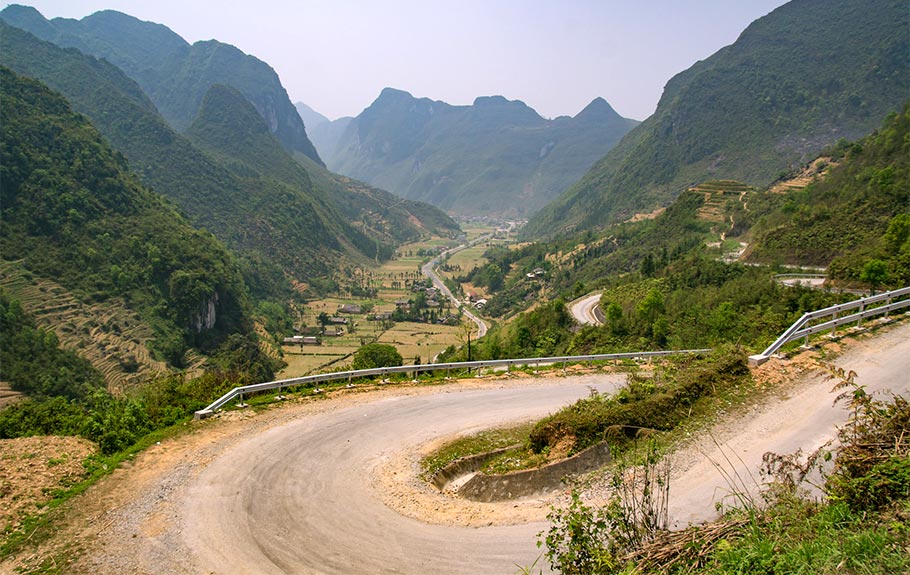Ha Giang Province has risen to prominence as the “final frontier” of Vietnam. In the past, travellers visited destinations such as Sapa to seek out an authentic experience in the remote North of Vietnam. As places like Sapa became more and more famous, and thus contained bigger and bigger tourist crowds, travellers yearning to escape the tourist spots have found their way to this truly untouched region of Vietnam.
Located some 300 kilometres North-Northwest of Hanoi, Ha Giang is a remote and rugged land filled with spectacular landscape and scenery in every direction. The region shares much with Southern China across the border, with many of the ethnic groups living here existing on both sides of the border, as they have for centuries or millennia.

Ha Giang has been inhabited for at least 3000 years, as archaeologists have found bronze drums dating back to this time period. The name for the province came during the French occupation, during which Ha Giang saw two rebellions against the colonials by the Dao people, both ruthlessly supressed. The H’mong, having dominated the area since at least the late 18th century, sided with the French under the rule of King Vương Chính Đức who the French recognized as “King of the H’mong”. However, as Vietnamese resistance to the French grew, the H’mong changed their stance to a neutral one, and on the death of Vương Chính Đức and ascension of his son Vương Chú Sển they pledged allegiance to Ho Chi Minh and his movement. The remnant of this French-H’mong alliance still stands today in the form of the “H’mong Palace”, built by the French and Chinese.

Ethnically speaking, Ha Giang is incredibly diverse. Around 90% of the province’s population belong to one of 15 different minorities, with the Kinh Vietnamese only making up about 10% of the total population. The biggest of these groups are the H’mong, making up more than 30% of the people living here, but significant populations of Tay, Nung, and Dao also live here. 80% of the population is rural, which has helped preserve the many different languages found here, as Vietnamese is more commonly used in the bigger towns where people from several ethnicities live together in greater numbers.

This ethnic diversity has led to an incredibly rich tapestry of cultures, and any visit to the province simply must include some time spent visiting the various ethnic villages, observing the similarities and differences between them. Exciting markets abound in every district, where uncountable numbers of colourful products can be inspected and delicious local food sampled and eaten.

Last but not least, the most important reason many people choose to visit Ha Giang is its amazing nature and landscapes. The rugged mountains seemingly burst out of the earth and are bedecked in a carpet of greenery. Motorcycling the “Ha Giang Loop” has become perhaps the most popular way to see these sights, as it allows you complete freedom as well as putting you closer to the action than from the inside of a car or van.
Ha Giang is sure to satisfy any traveller, whether they’re looking for culture, nature or adventure activities. If you wish to learn more about the specific districts and destinations within the province, feel free to look through our list of articles exploring each district in-depth.